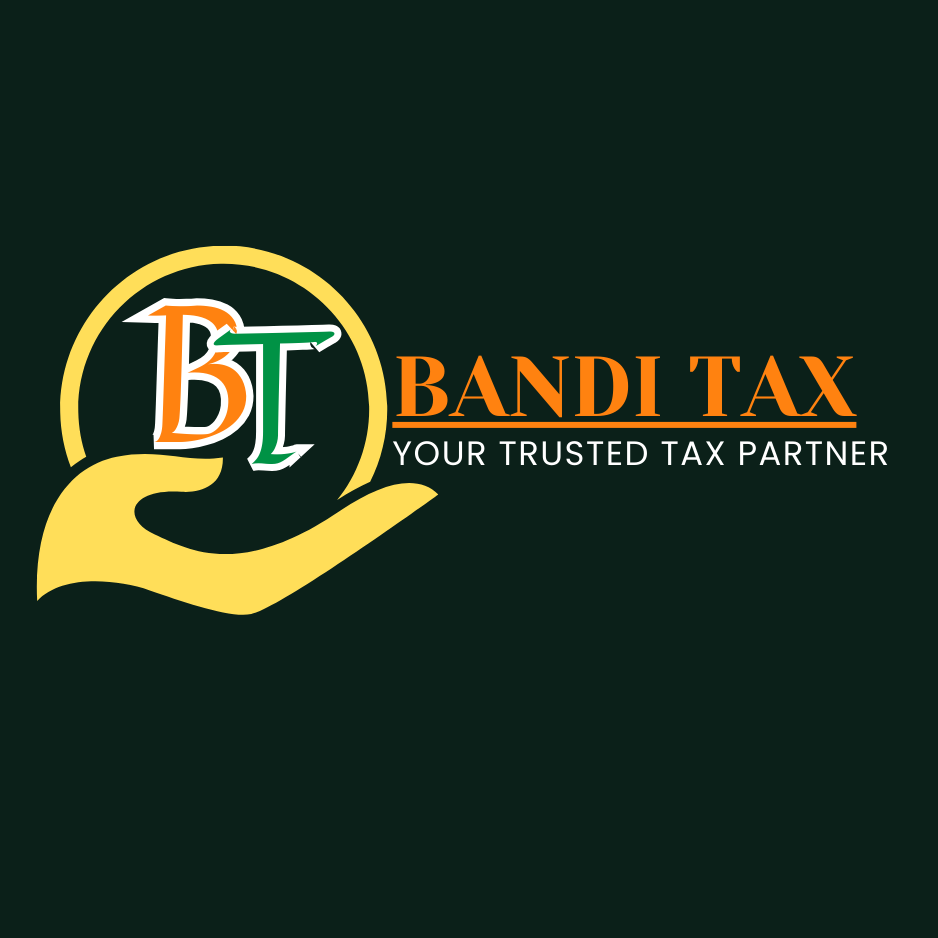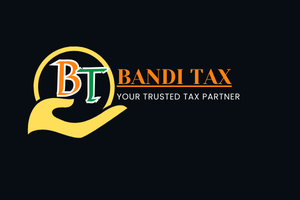GST reconciliation is a critical step for businesses in India to ensure compliance with GST regulations, accuracy in tax payments, and smooth operations. It helps prevent legal issues, enables businesses to claim input tax credits, and reduces the risk of disputes in the supply chain.
While the process can be challenging, especially for businesses with a high volume of transactions, using accounting software, maintaining accurate records, and regular reconciliation can make the process more manageable. By embracing GST reconciliation as an integral part of their financial management, businesses can benefit from increased efficiency, reduced tax liability, and enhanced compliance with GST laws.

